Slovakia
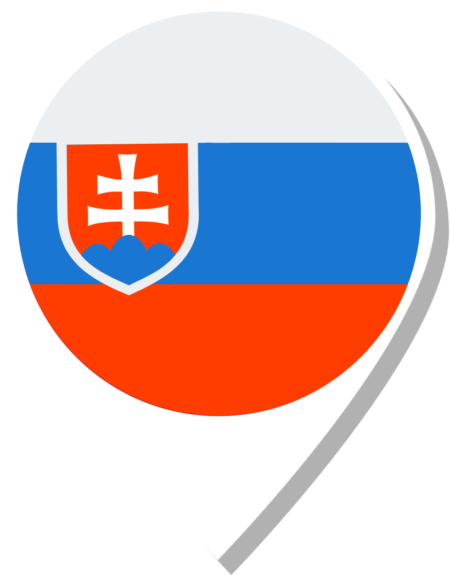
This beautiful country is located in Central Europe, the main reason to visit ECOTRAVEL SLOVAKIA is NITRA – one of the oldest Slovak cities in which offers Nitra Castle, St Emmeram’s Cathedral and more attractions are waiting for you!
Not sure where to go?
GOOD PLACES TO VISIT
Explore destinations that were certified for their sustainability efforts
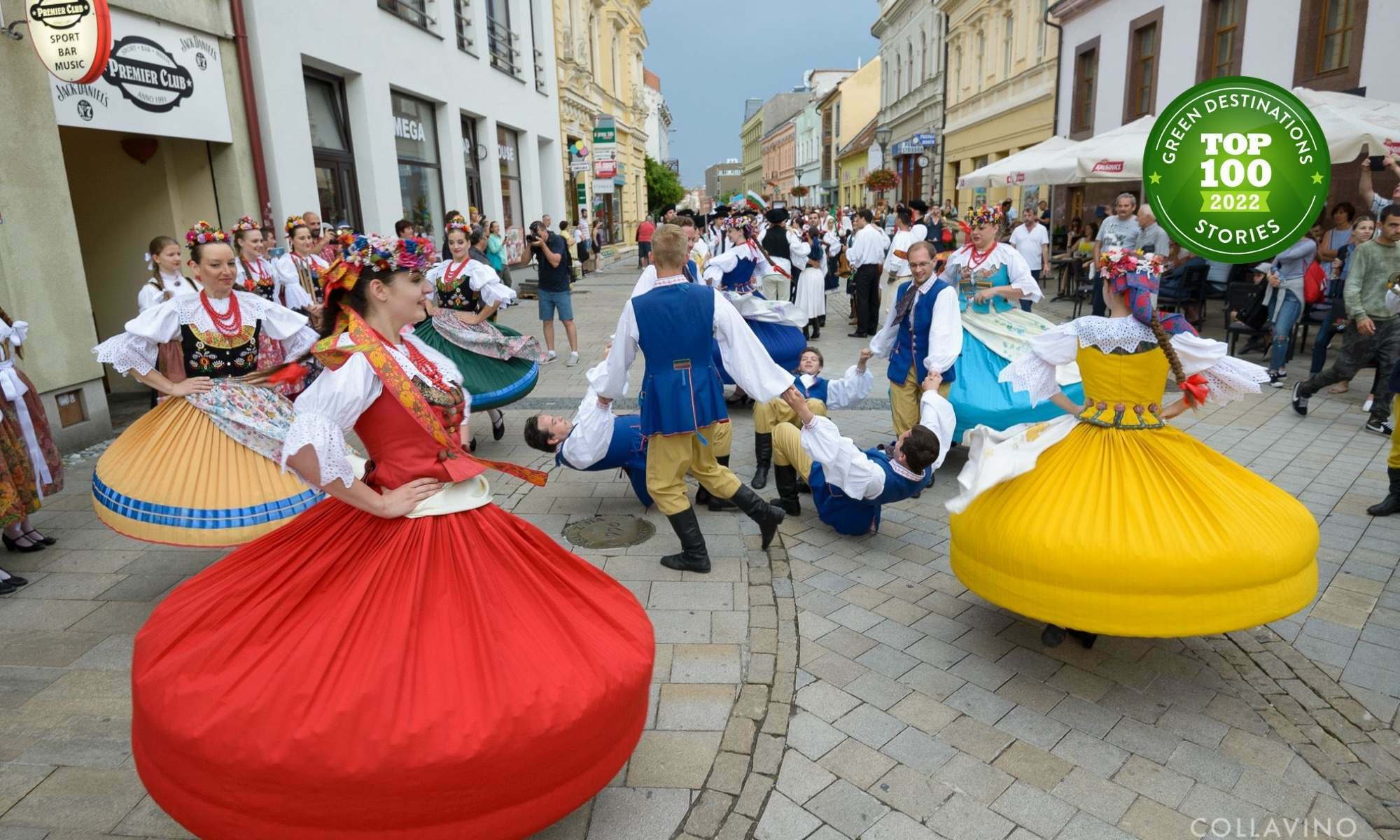
Nitra
KNOW THEIR STORY THEIR SCORE CARD
GOOD BUSINESSES
Discover accommodations, restaurants, shops and attractions that are commited to responsible development

Historic and cultural heritage
In addition to the beaches, take the opportunity to visit the Casa de Taipa Museum and the Church of São Miguel do Arcanjo.
PROMO CODE:
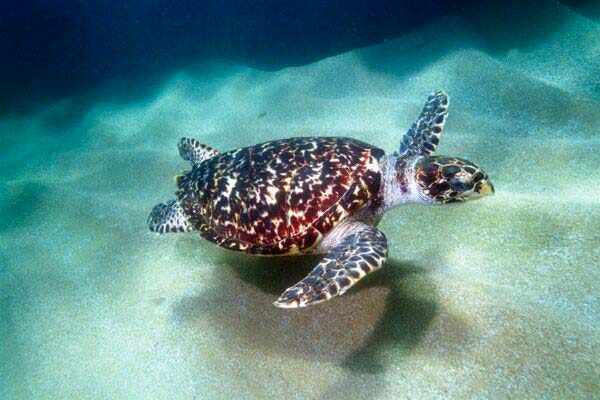
Historic and cultural heritage
In addition to the beaches, take the opportunity to visit the Casa de Taipa Museum and the Church of São Miguel do Arcanjo.
PROMO CODE:
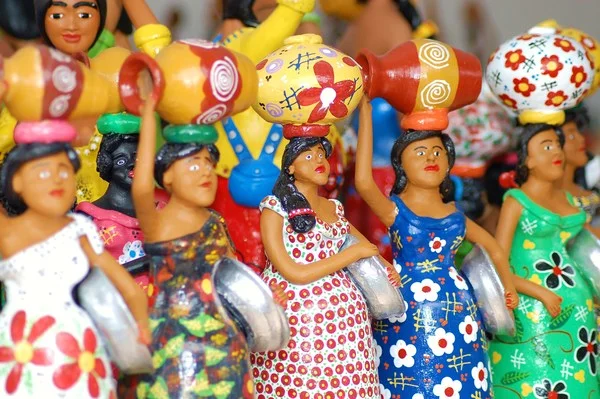
Historic and cultural heritage
In addition to the beaches, take the opportunity to visit the Casa de Taipa Museum and the Church of São Miguel do Arcanjo.
PROMO CODE:
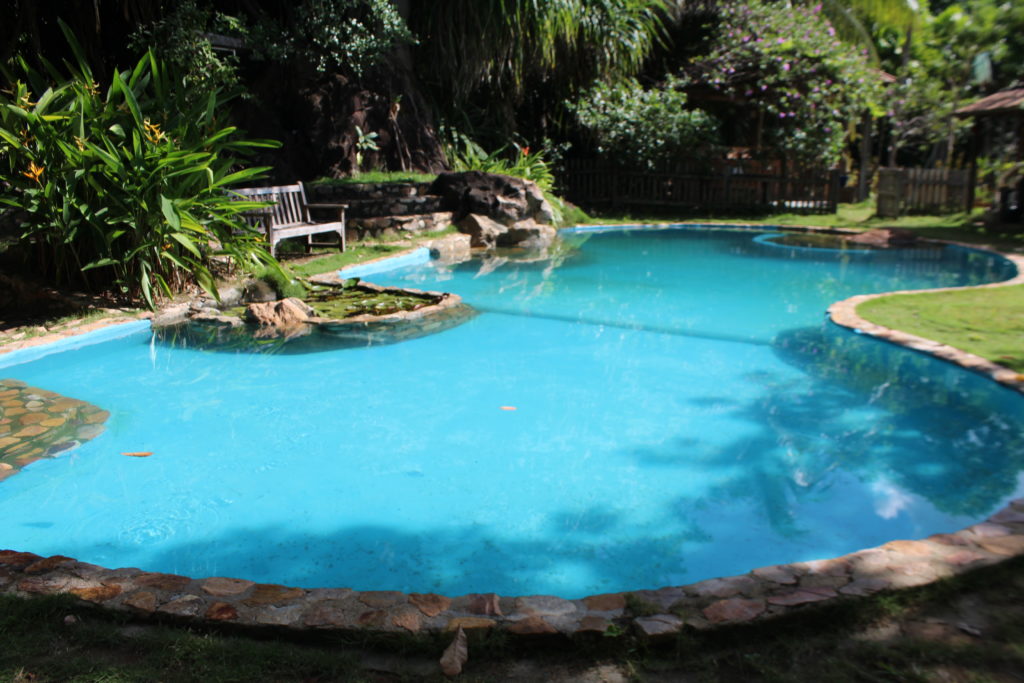
Historic and cultural heritage
In addition to the beaches, take the opportunity to visit the Casa de Taipa Museum and the Church of São Miguel do Arcanjo.
PROMO CODE:
GOOD PRACTICE STORIES
Get inspired with stories from places and people that are acting for a fair and responsible tourism
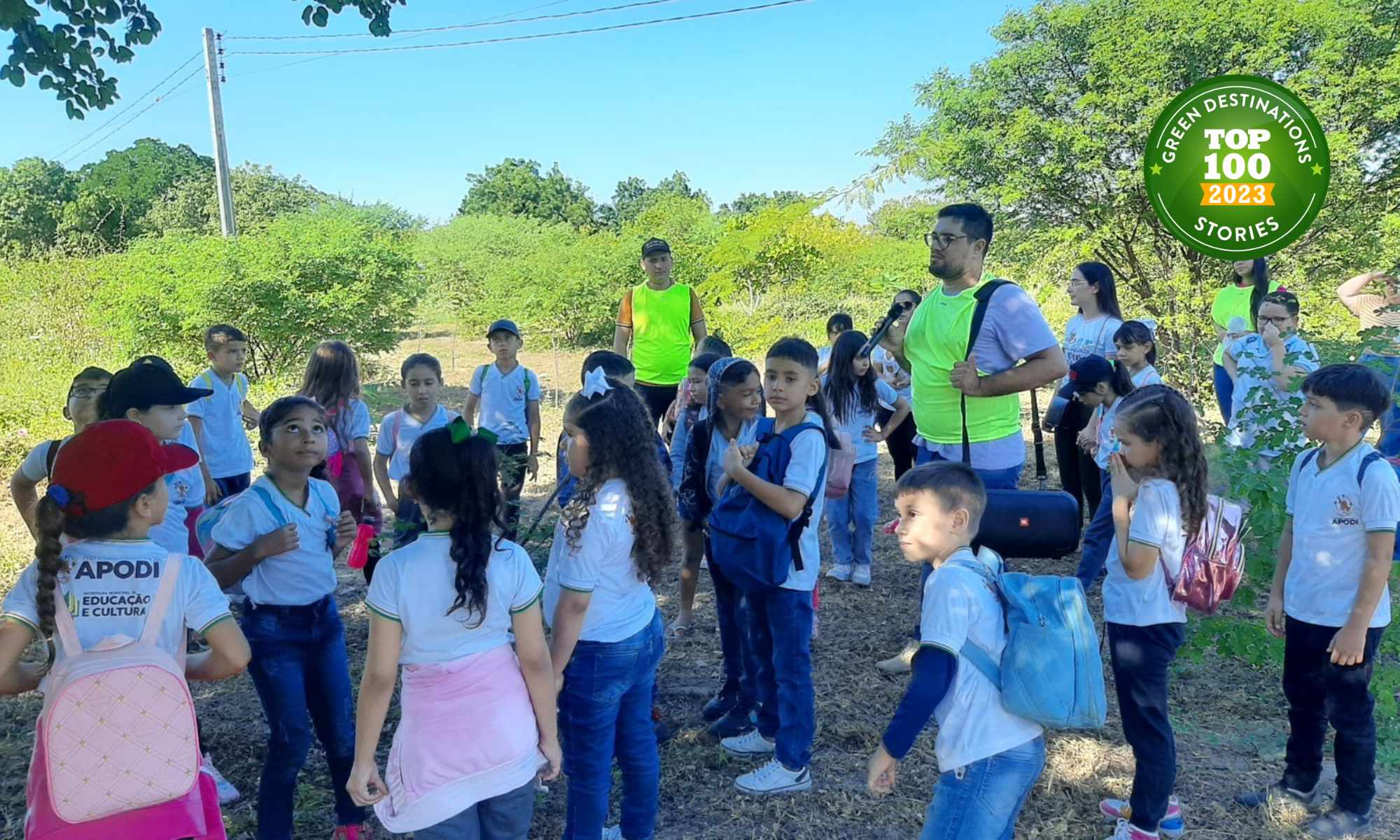
Apodi
The proposal of the Pedagogical Tourism project is to promote environmental awareness among students through pedagogical practices in tourism, providing a direct interaction with the theme of tourism in schools, as well as working on Environmental Education in a continuous and permanent manner, as stipulated by the PNEA – National Policy for Environmental Education (law 9795/1999). Additionally, it aims to stimulate Environmental Education as a cross-cutting theme through a comprehensive set of actions, as it cannot be addressed in isolation. Sensitization provides the locals with knowledge and a sense of belonging to the tourist attractions in the area.
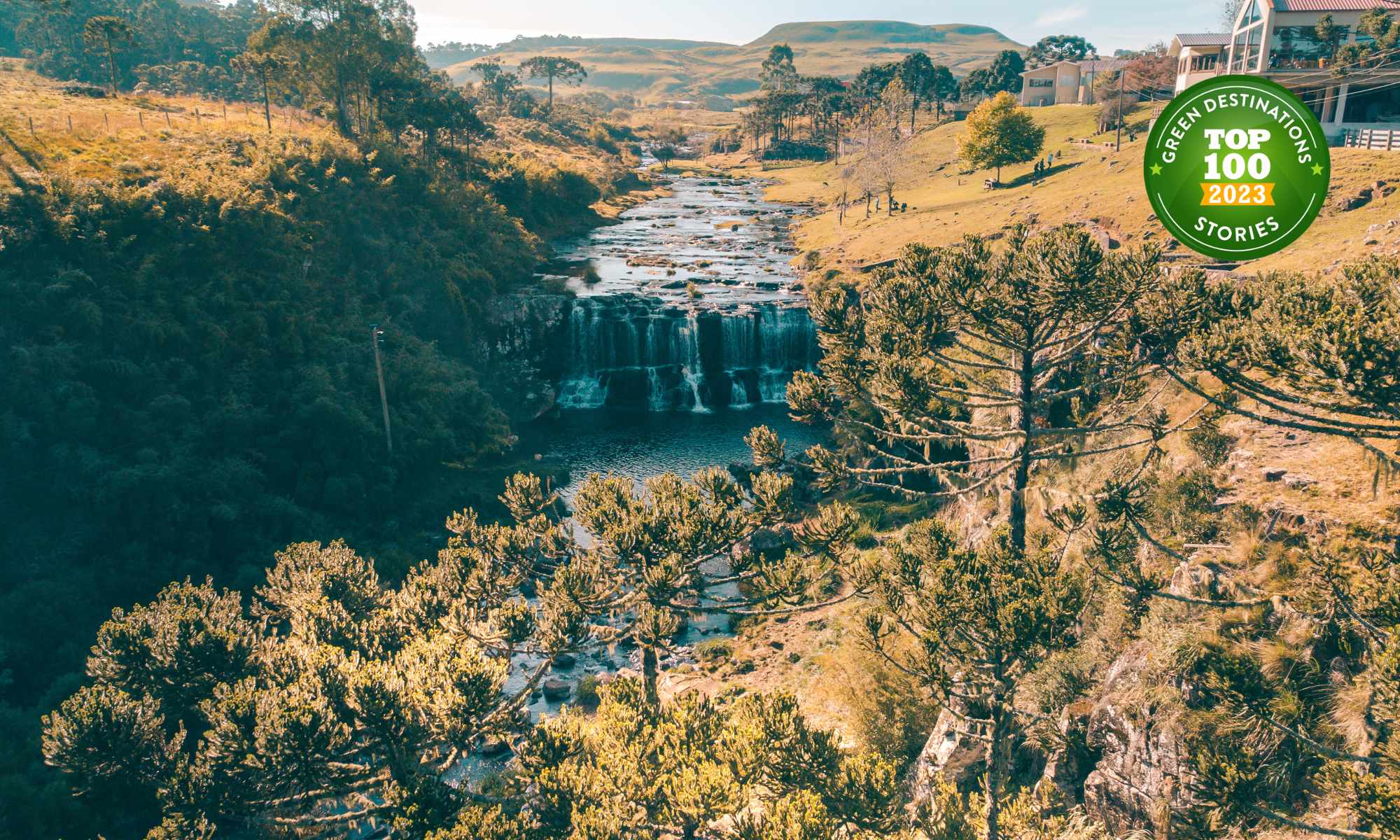
Bom Jardim da Serra
When tourism began to be developed in Bom Jardim da Serra, two accommodation projects were pioneers in structuring this sector: the Santa Rita farm and the Serra do Rio do Rastro Ecoresort. Structured in the late 1980s and early 1990s, the hotels in the mountains began to gain prominence and contribute to the development of a new local economic activity, further boosting the region. In that cycle, other economic segments feared that new ventures would displace labor, especially in fruit growing. The local community was not fully convinced of the benefits of tourism for the city, however, over time, there was a gradual change in perception. The great challenge of the projects was aimed at consolidating the city as a destination sought after by tourists, requiring great efforts from entrepreneurs for proper management, integration for the search for financing alternatives and other adaptations to market fluctuations, especially in the periods of seasonality.
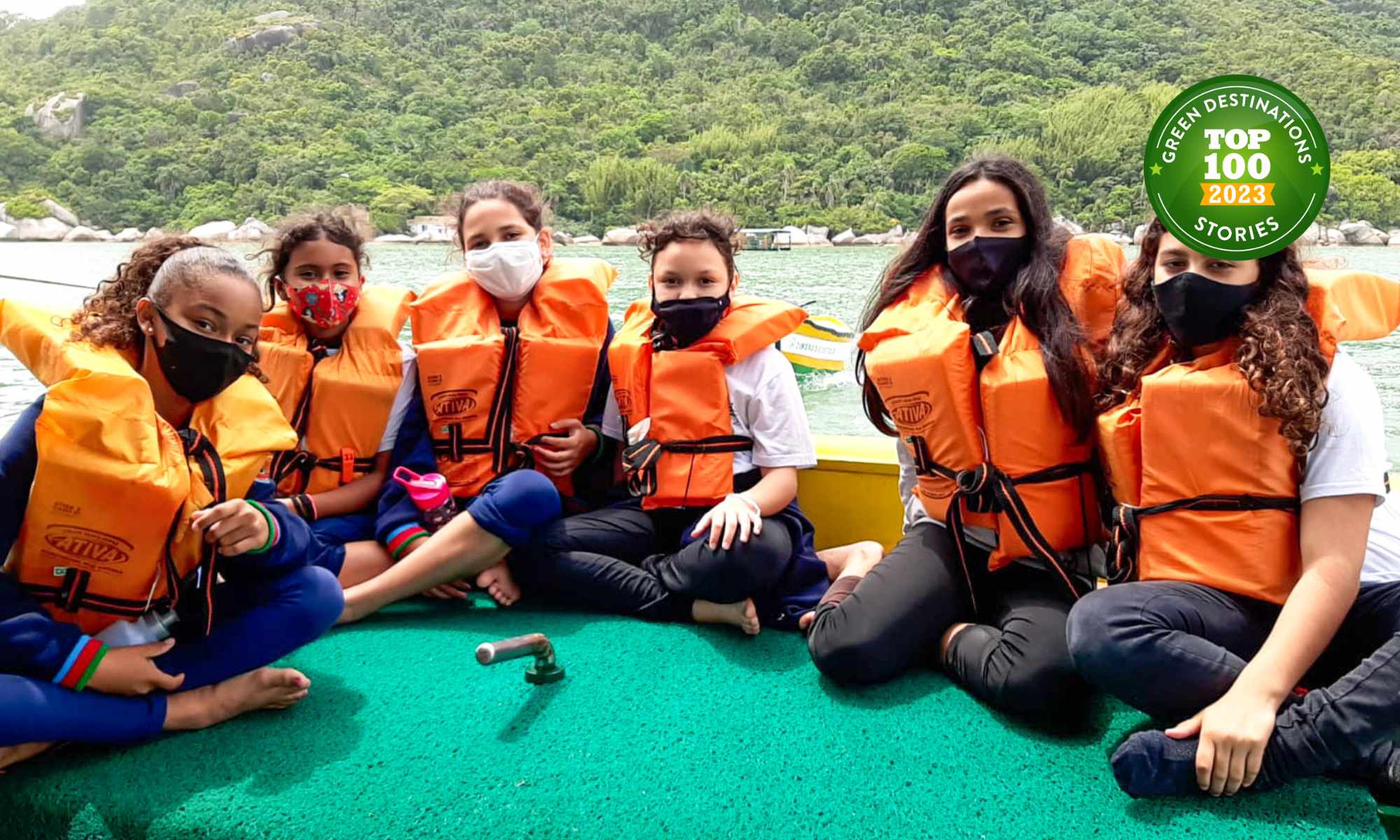
Bombinhas
The Sea School is a program of the Municipal Department of Education of Bombinhas, aimed at public school students, during after-school hours. Since 2017, the ecological and tourist aspects of Bombinhas have been explored as part of the pedagogical proposal of the Sea School. Children and teenagers, from the fifth year of elementary school on, participate in a broad, creative, and engaged training, which includes the main local socioeconomic aspects, including artisanal fishing, mariculture, and tourism. This is stitched with ancestral knowledge through the presence of masters in various arts and crafts, such as the making of fish nets and baskets, and gastronomy. Swimming classes, environmental education, and alternative income generation complete the teaching-learning process focused on sustainability.
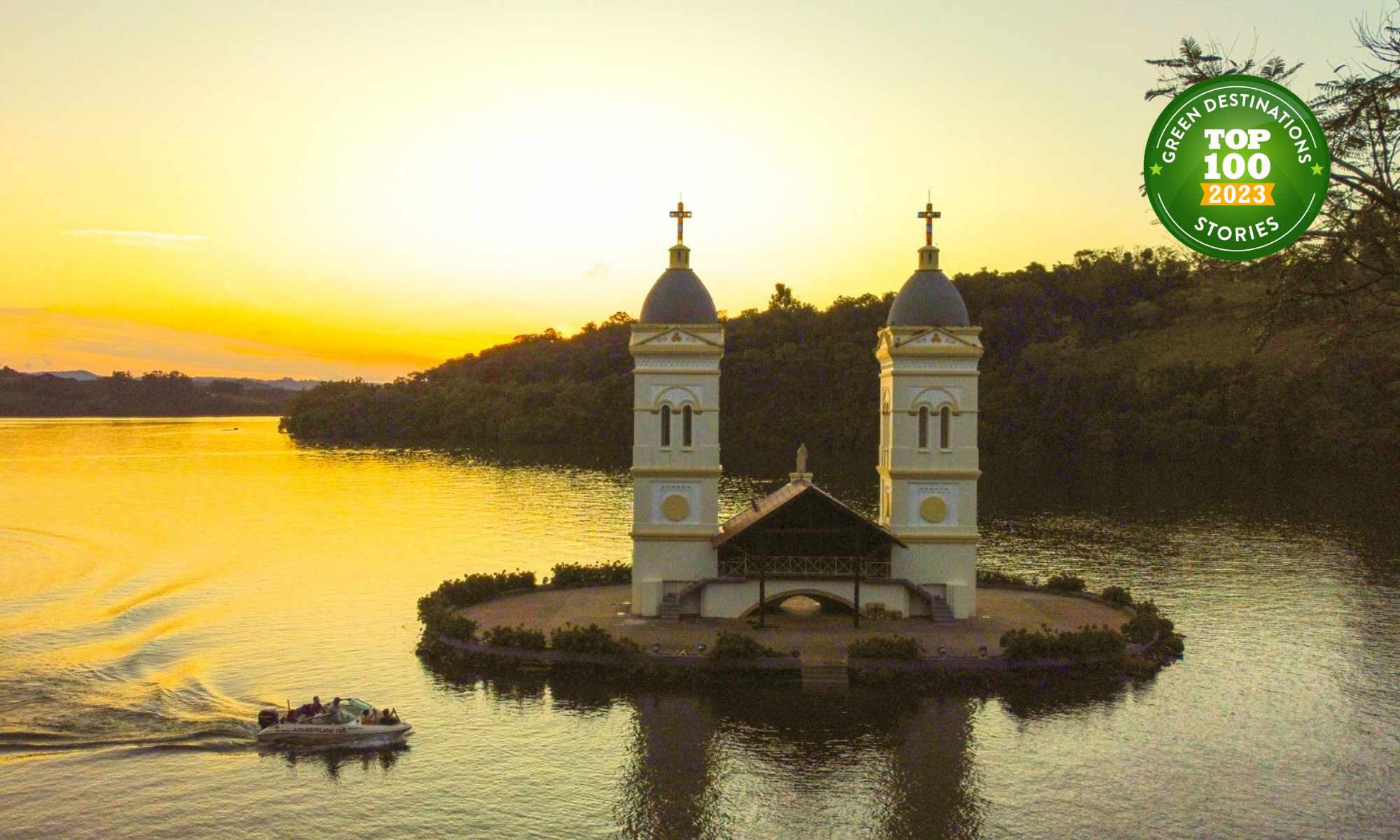
Itá
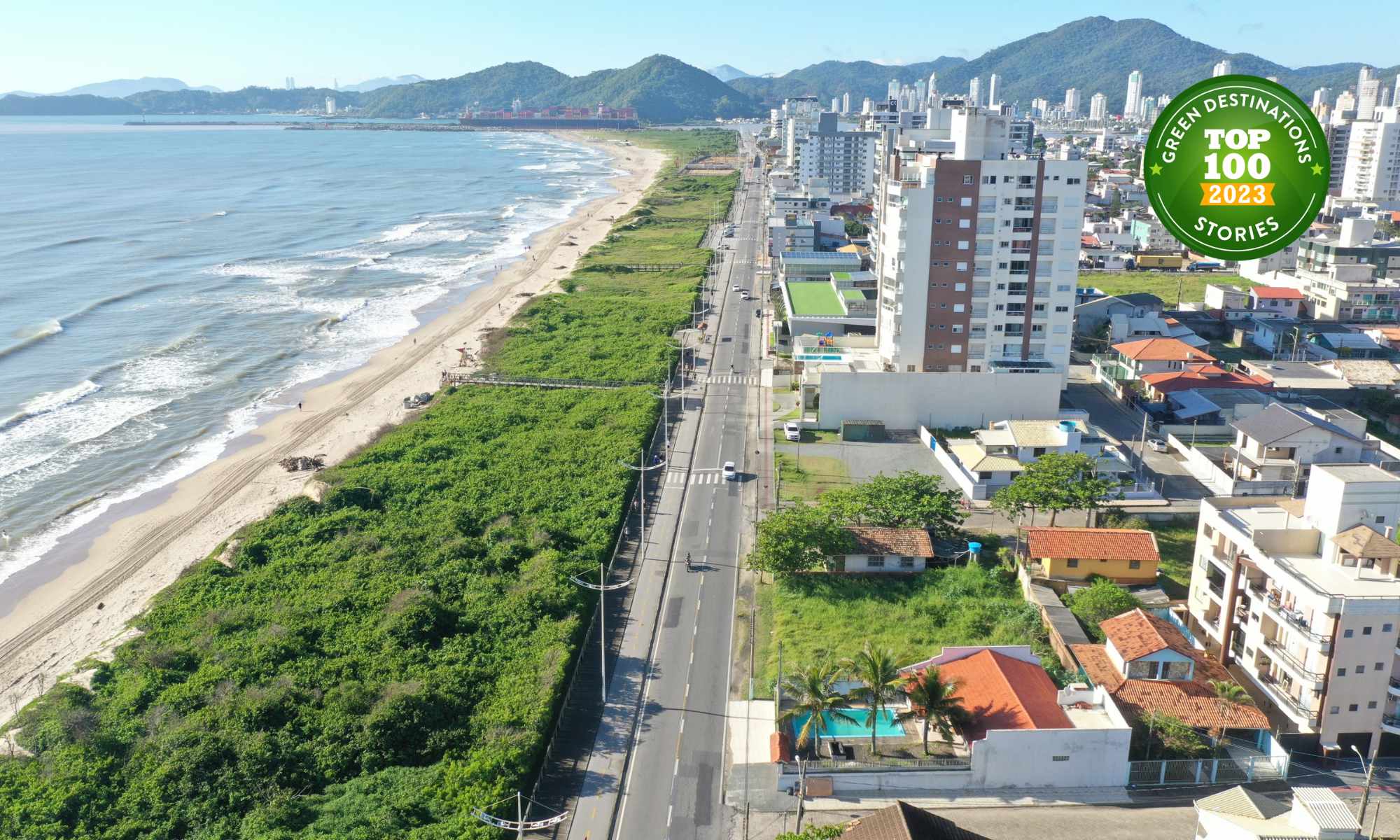
Navegantes
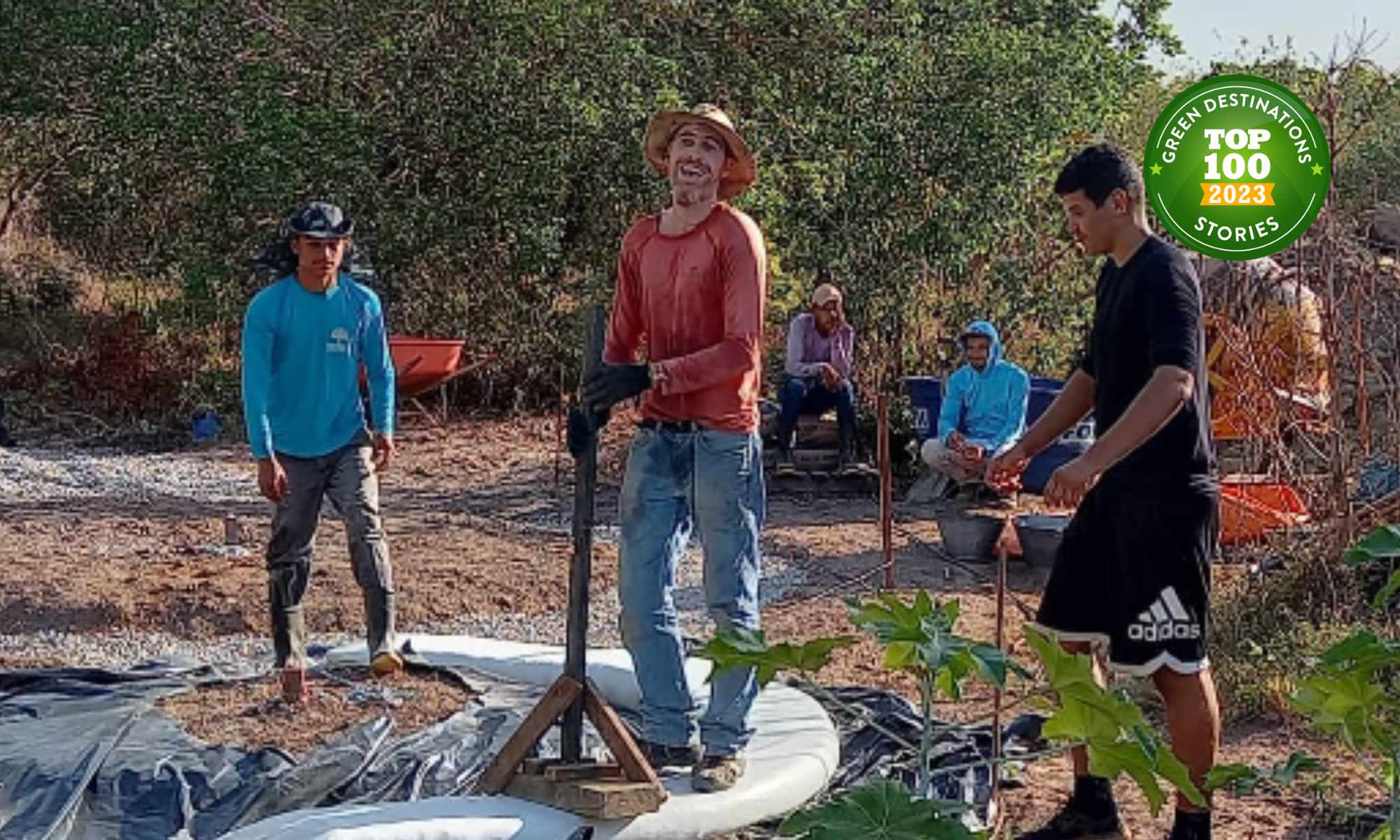
São Miguel do Gostoso
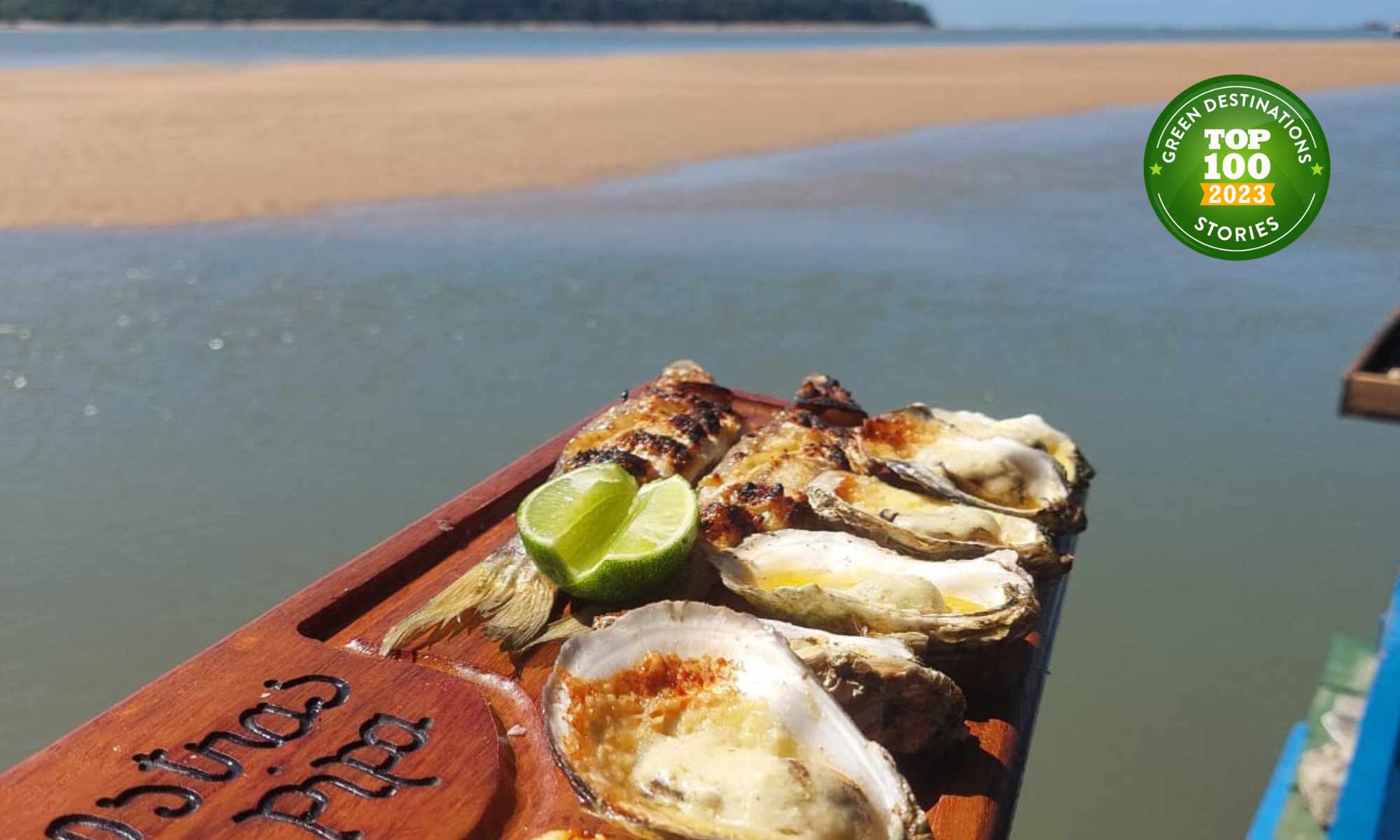
Tibau do Sul
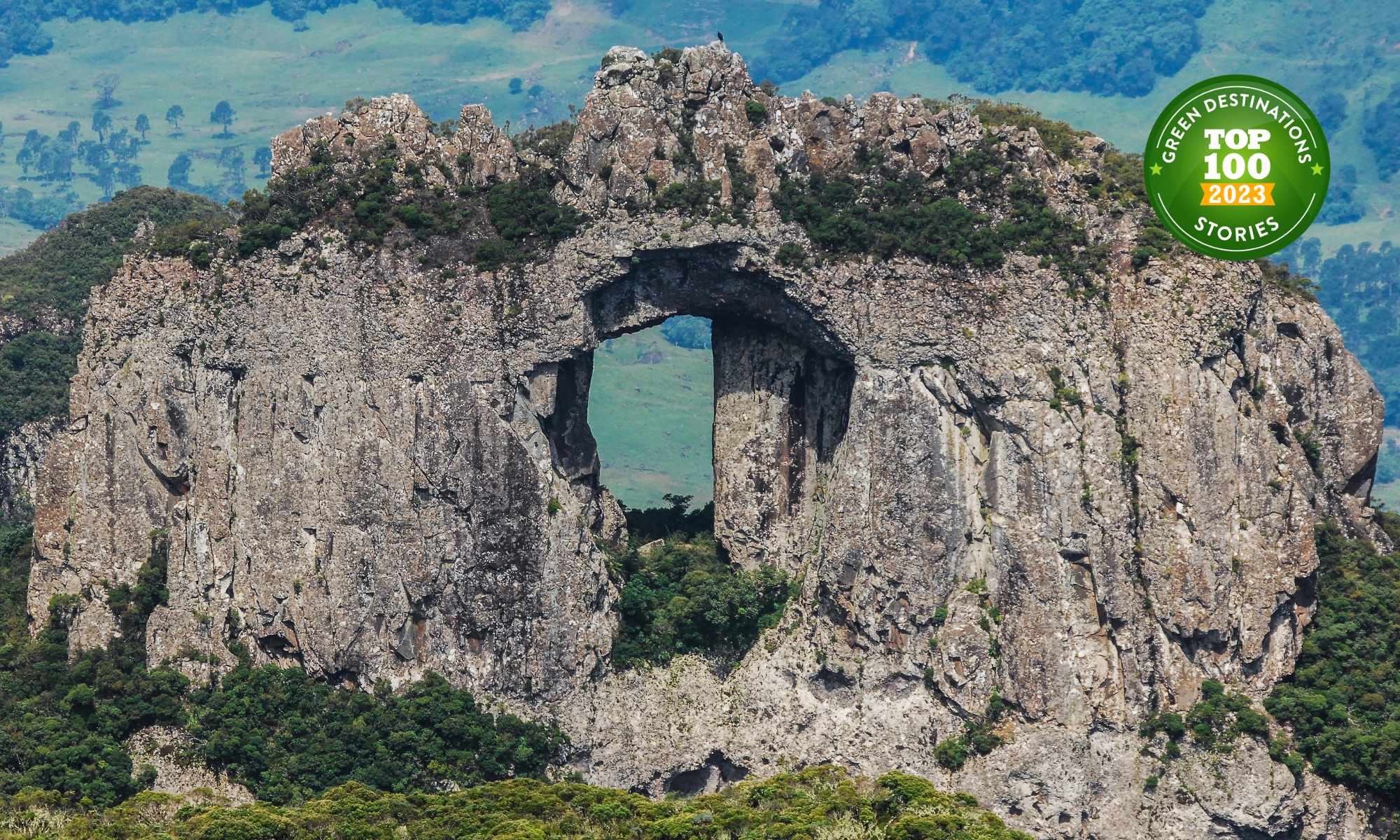
Urubici
Sustainability
Slovakia’s commitment to sustainability is not only preserving its natural beauty but also ensuring a more environmentally conscious and resilient future for generations to come. The government is working to make a strong commitment to transition to a circular, sustainable and low-carbon economy by 2040. The country is actively investing in renewable energy sources, with a focus on wind and solar power, aiming to reduce its carbon footprint and meet ambitious climate goals. Furthermore, conservation initiatives continue to thrive, with the designation of new protected areas and efforts to safeguard biodiversity.
Travel tips from our editors
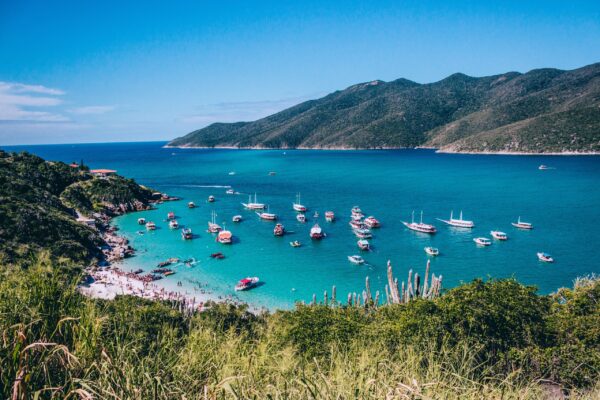
Getting around
Getting around Slovakia is convenient due to its well-developed transportation network. Trains connect major cities like Bratislava, Košice, and Žilina, offering a comfortable and efficient way to travel between regions. Buses provide extensive coverage, including access to smaller towns and rural areas. Additionally, Slovakia’s compact size makes it feasible to explore many attractions on foot, especially in historic city centers.
Tourism & People
Tourism in Slovakia presents a diversity of attractions, including natural landscapes, mountains, caves, medieval castles and towns, traditional folk architecture, spas, and ski resorts. Bratislava and the High Tatras are the most common destinations in this small country that has a lot to offer. Slovaks are known for their warm hospitality, readily sharing their traditions, music, and cuisine that includes traditional dishes like bryndzové halušky (potato dumplings with sheep cheese) and Slovak beers and wines, which are a delight for food enthusiasts.
Nature & Wildlife
Slovakia’s natural beauty is characterized by its extensive forests, which cover 40% of the country, and diverse wildlife, including brown bears, wolves, and chamois. The Tatra Mountains, part of the Carpathian range, are a major attraction, offering opportunities for skiing, hiking, and mountaineering, with rare plant and animal species dotting the landscape. Rivers and streams provide thrilling water activities, specially on the Dunajec River. Slovakia is also renowned for its mineral springs and spas, attracting both domestic and international visitors. Additionally, the country’s karst areas boast a remarkable number of caves, with several designated as UNESCO World Heritage Sites, including the unique Ochtinská Aragonite Cave.
Sustainability Recognitions
Brazil has 9 destinations featured in the Top 100 Sustainable Destinations 2021.

Other sustainability certifications can be seen here (English) and here (Portuguese).

Fernanda Rodak | Page Editor
“Brazil is a worldwide known hotspot for biodiversity as well as home to a multitude of cultural expressions. The natural and cultural heritage and immense variety of tourism experiences in the country are valuable assets for its competitiveness. Yet, as we envision a post Covid-19 era, sustainability in tourism becomes crucial to build resilience and guarantee the long-lasting health of Brazil’s ecosystems and well-being of the hosting communities. This would also ensure an active contribution of the country’s tourism sector to the Sustainable Development Goals.”
Visit other destinations nearby?
Get in touch
Support
We are a multicultural, creative and dedicated team working to promote sustainable tourism. Join us in our fight against the climate crisis, single-use plastics and over-tourism!
